
How To Grow Japanese White Pine Bonsai Trees Grow A Bonsai Tree Pine bonsai, Bonsai forest
Pine bonsai trees require consistent moisture but cannot tolerate waterlogged conditions. As a general rule, make sure to water when the top inch or two of soil feels dry, ensuring the bonsai remains hydrated without overwatering The Spruce. Fertilization.
Bonsai Japan Japanese white pine
The Best Pine For A Bonsai Tree Japanese black pine (Pinus thunbergii) and Japanese white pine (Pinus parviflora) are the best for pine bonsai because they can be shaped in any bonsai style, have beautiful needles throughout the year and have attractive rough, hexagonal bark. Table of contents Pine trees: general description
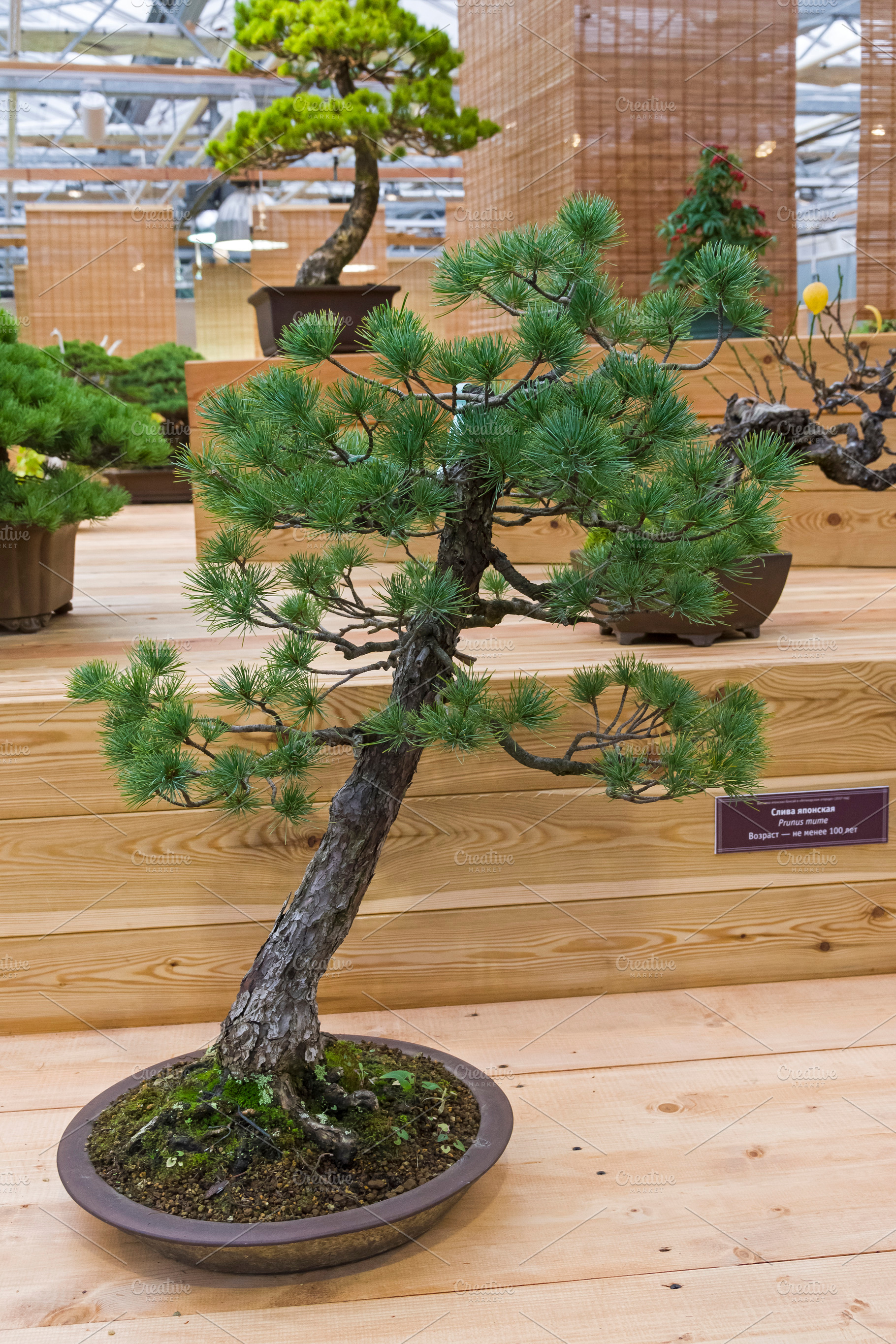
Bonsai tree Japanese white pine HighQuality Nature Stock Photos Creative Market
This plant is a Japanese white pine, also known as the Pinus parviflora. It is about 5 years old and it was purchased in a Bonsai store for around $50 US. We use a thick wire to bend the trunk, and stick one end of the wire into the root mass as anchor. Next, we wire the main branches of the tree.
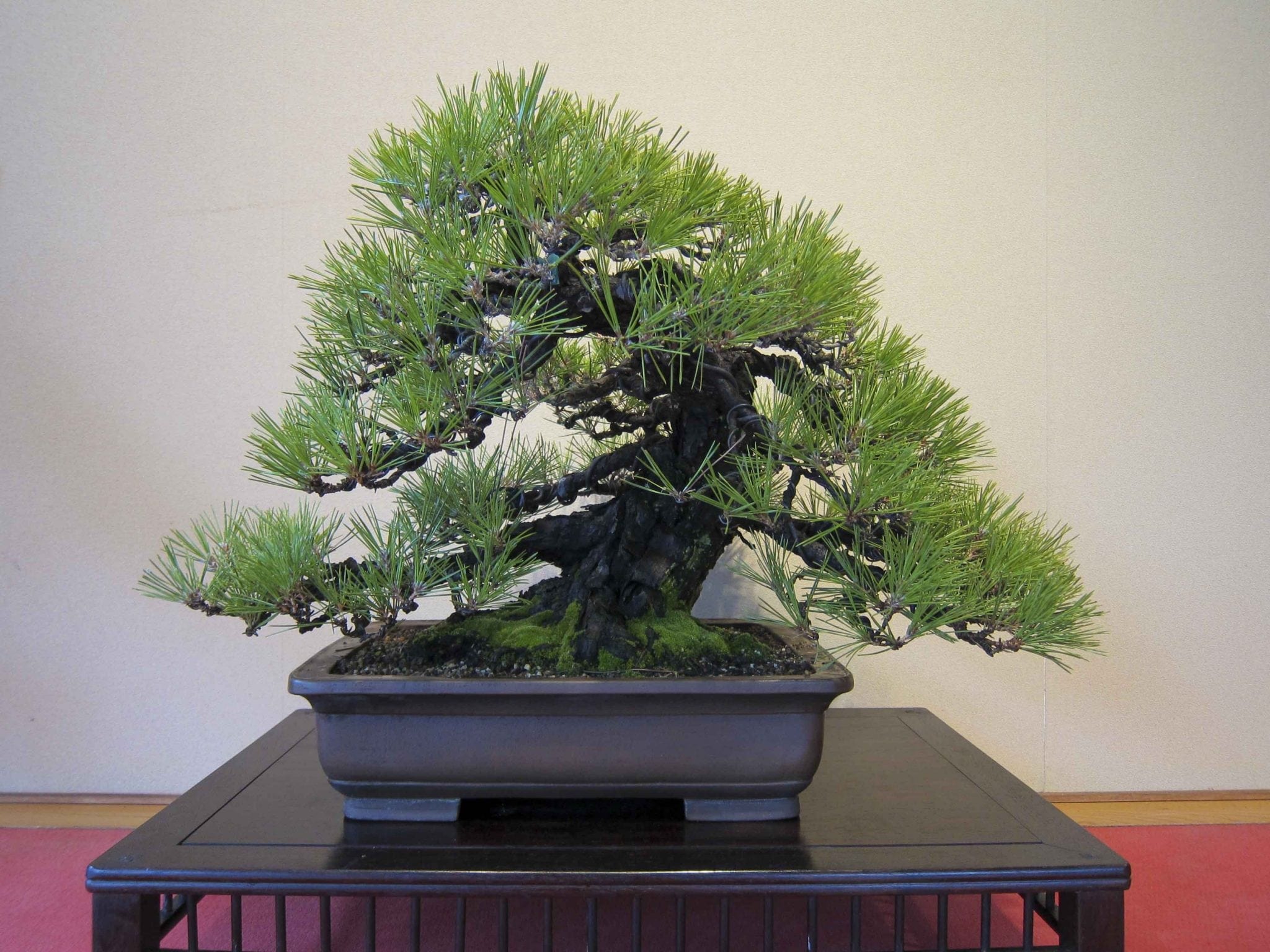
Japanese Black Pine Bonsai Trees
The word bonsai is a loanword from Japanese that is used as a verb to describe the art of raising miniaturized trees through pruning and training. The word is also commonly used as a noun to describe the resulting plants. Bonsai is actually the combination of two words: bon, meaning container or dish, and sai, meaning tree.
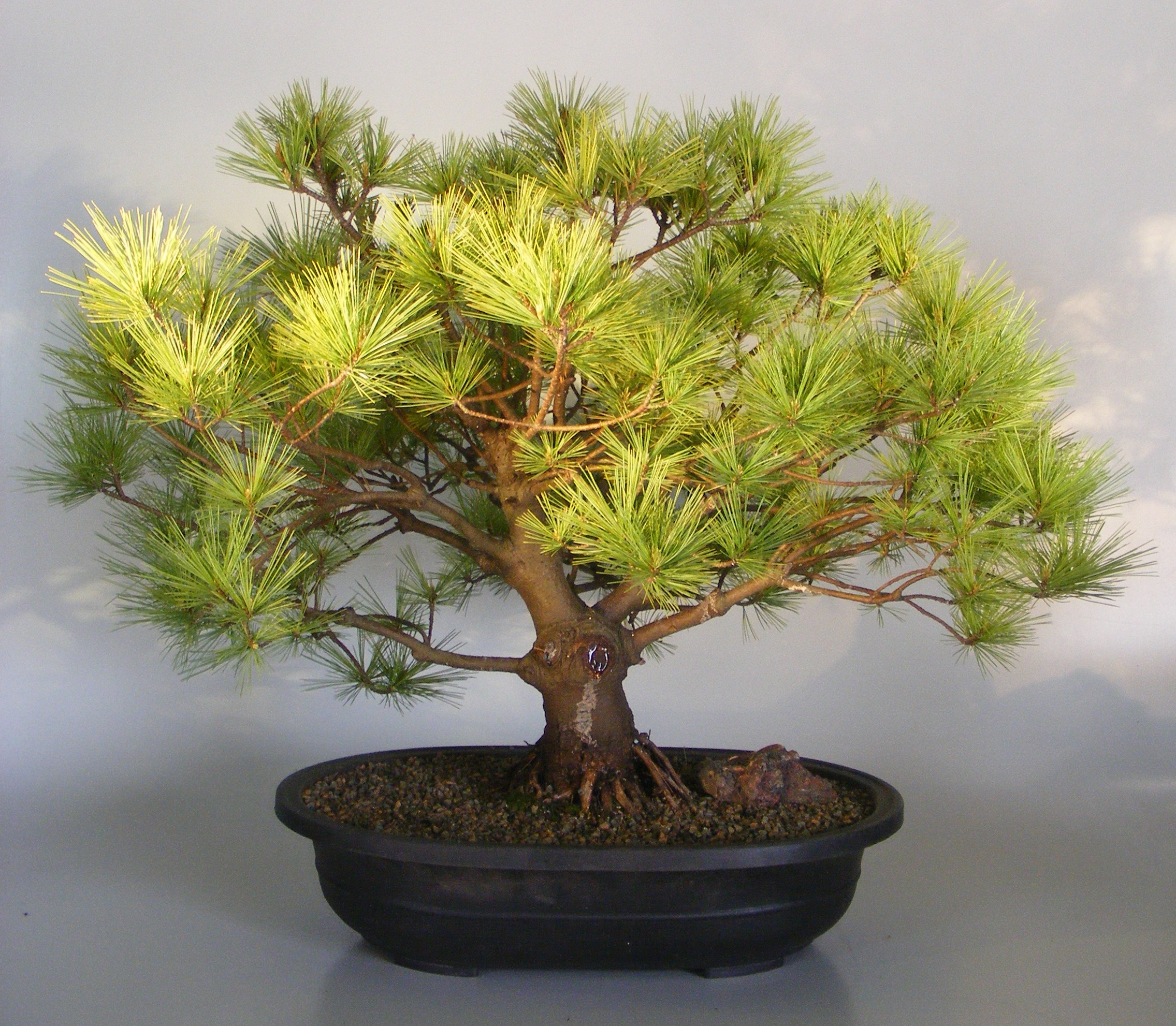
Japanese White Pine Bonsai Tree(pinus parviflora)
Some of the most common bonsai pine tree types include Japanese Black Pine, Japanese White Pine, Scots Pine, and Mugo Pine. Japanese Black Pine Japanese Black Pine Bonsai Tree Japanese Black Pine ( Pinus thunbergii) is a popular choice for bonsai because of its strong trunk, irregular branching patterns, and striking appearance.
:max_bytes(150000):strip_icc()/growing-pine-bonsai-5085311-07-89b7c7e2eefb4065ac90c02aea40fa15.jpg)
How to Grow and Care for Pine Bonsai
Pinus ponderosa Pine Bonsai Tree Care Guide. Pinus Ponderosa pine tree is a very large pine tree that can grow up to 60-125 ft. Its straight trunk is covered by a small crown. These evergreen pines are found in abundance in the mountainous terrains of North American regions. When cultivated, these perennial trees can grow up to 60 feet.
:max_bytes(150000):strip_icc()/growing-pine-bonsai-5085311-hero-1949cdd024584519b85caa408e26d580.jpg)
How to Grow and Care for Pine Bonsai
Bonsai pine trees, with their intricate roots, budding branches, and cultural significance, are not your typical plants. Originating in China and Japan, these flush pines have gained global popularity as living artworks that symbolize patience, harmony, and balance across cultures and generations.
/GettyImages-1066497052-56bcd3ceff6e41d9894053190427f2bb.jpg)
How to Grow and Care for Pine Bonsai
Pine bonsai trees are evergreen, and they are coniferous resinous or cone-bearing trees with cones and needles appearing in bundles of 2 to 5. Pines can grow in various shapes in nature, so they can be creatively shaped in any style Bonsai is famous for. Pine bonsai trees are Japan's classic type of bonsai, maintaining them for many generations.

54 Pictures of Bonsai Trees (by Style and Shape)
Pine bonsai trees, whilst beautiful, are notoriously challenging and are definitely not for the inexperienced novice. The trees are very taxing, and you should gain experience with easier trees before nurturing and training a pine bonsai tree. Included in the one flush category are the white, Scots, ponderosa and mountain pine bonsai.

Pine Bonsai Trees Bonsai Tree Gardener
Pine trees, turned into pine tree bonsai, are popular for use in growing ornamental miniature plants in containers, but it is not a great option for beginners of the bonsai art. Bonsai is the ancient Japanese art form of growing artificially dwarfed trees in containers using cultivation techniques to mimic the shape and scale of full-sized trees.
:max_bytes(150000):strip_icc()/Bonsai-Pine-Tree-46265373c5e24989b99bfc3e78fe880f.jpg)
cabbage money forum types of bonsai trees Hardness Moss Estimated
This pine has soft, five-centimeter-long, needle-like leaves. They are fragrant and grow in bundles of five and are green-blue on the top and blue-white on the bottom side. They can stay on the tree for 4-5 years. The bark is grayish and deeply fissured or peels off into scales. It is thin and can be damaged easily.
:max_bytes(150000):strip_icc()/growing-pine-bonsai-5085311-02-a7f5ae74b25b4e45b06d74cdf6b55f81.jpg)
How to Grow and Care for Pine Bonsai
Pines PINES BONSAI CARE Pine species The two well-known pine species which produce two flushes of growth per year are both from Japan and grow near the shores. Storms often break off their new candles in June and the trees are well adapted to producing a second flush afterwards.
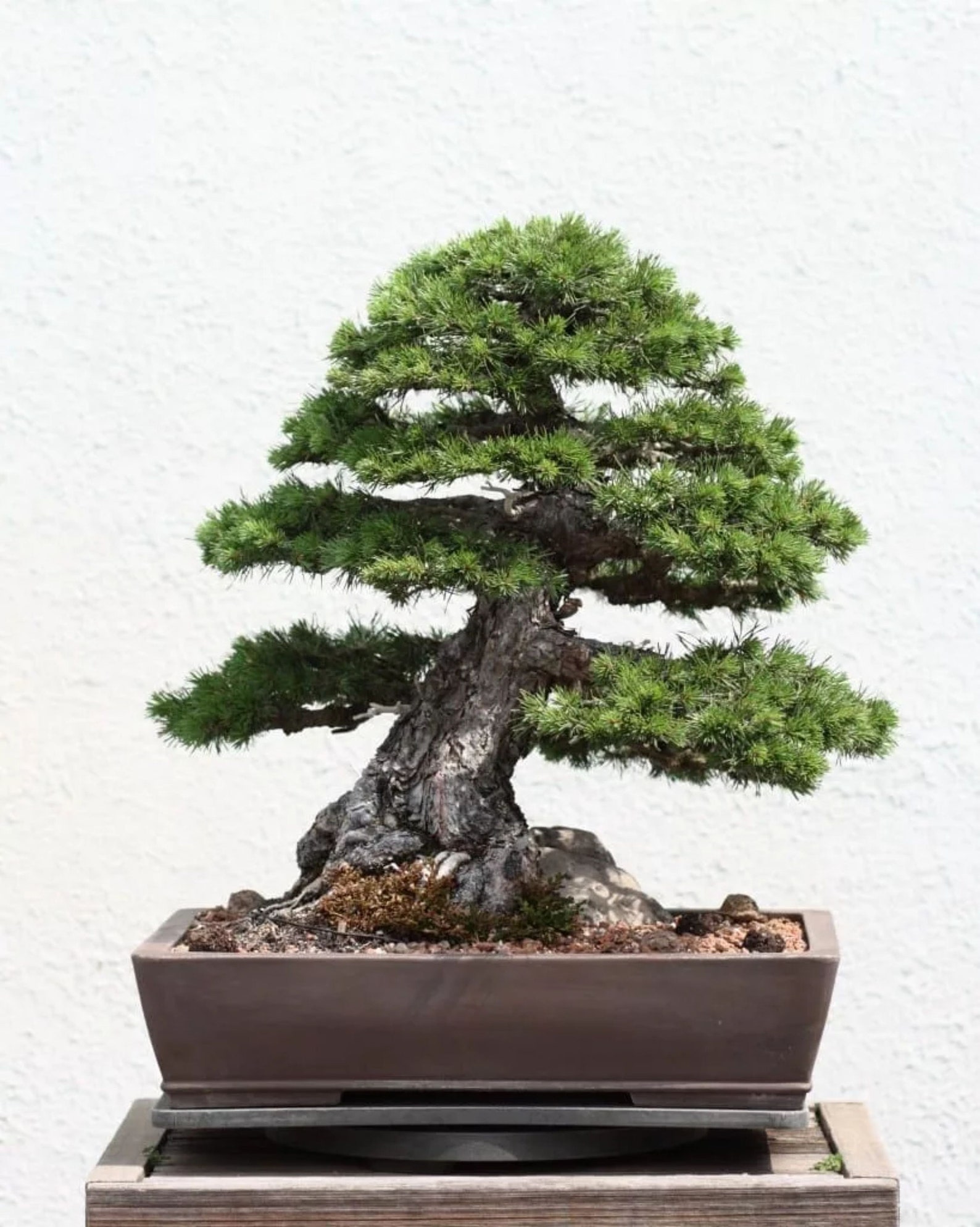
Japanese White Pine Bonsai Plant seed silver pine California Etsy
No matter what, you can propagate your new Bonsai tree using a cutting from a pine tree of your choice, no more than five inches long. Make sure to take your cutting using clean and sanitized shears. Remove the piece of branch in the summertime at a 45-degree angle and prepare a small pot with Bonsai soil.
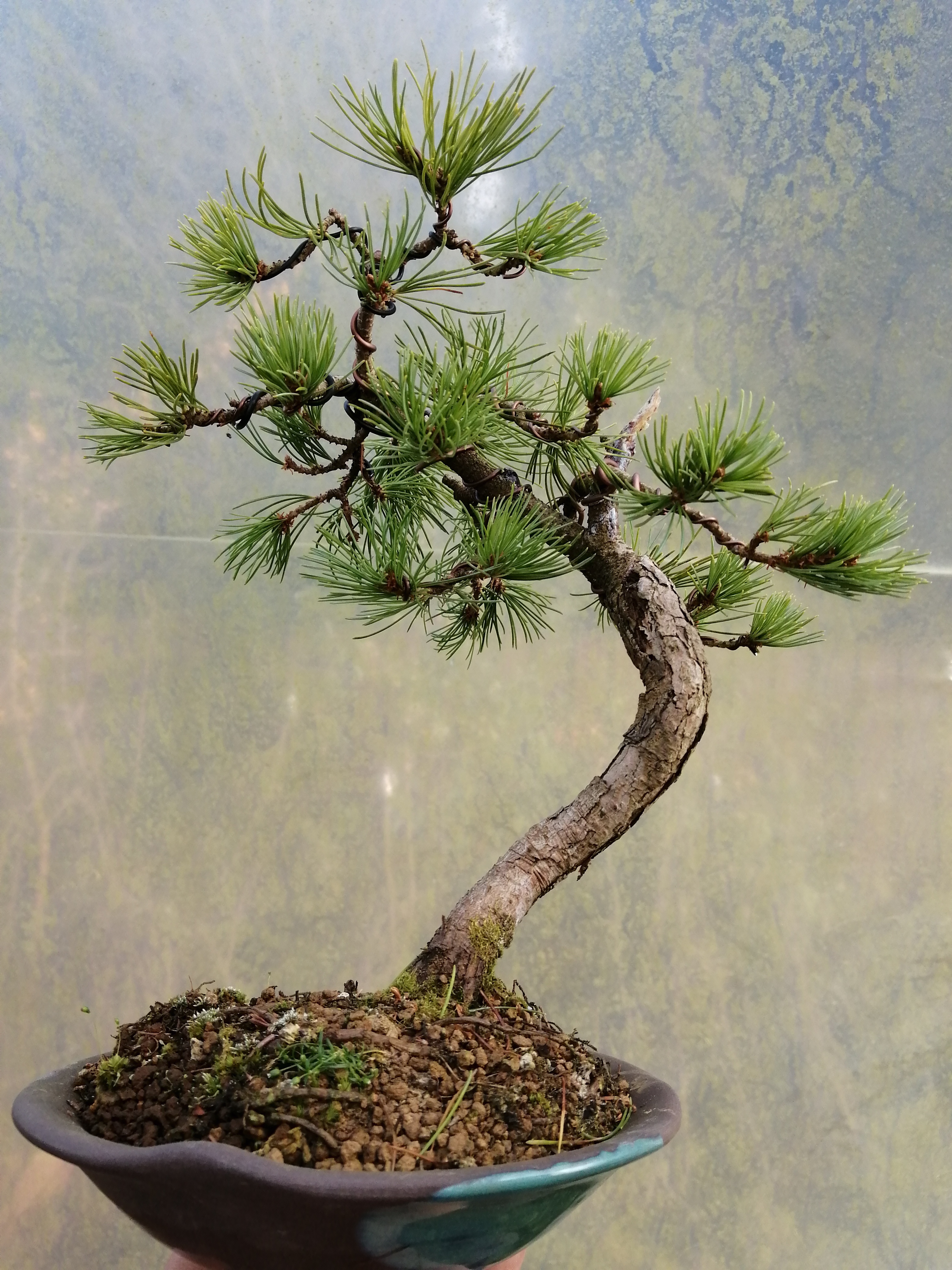
Japanese White Pine Bonsai Tree (38) Shoka Bonsai
A pine tree bonsai is a miniature version of a pine tree that has been carefully cultivated and shaped over time to fit into a small pot or container. The art of creating bonsai involves pruning and training the tree's branches and roots while controlling its size, all with the goal of creating an aesthetically pleasing living sculpture.
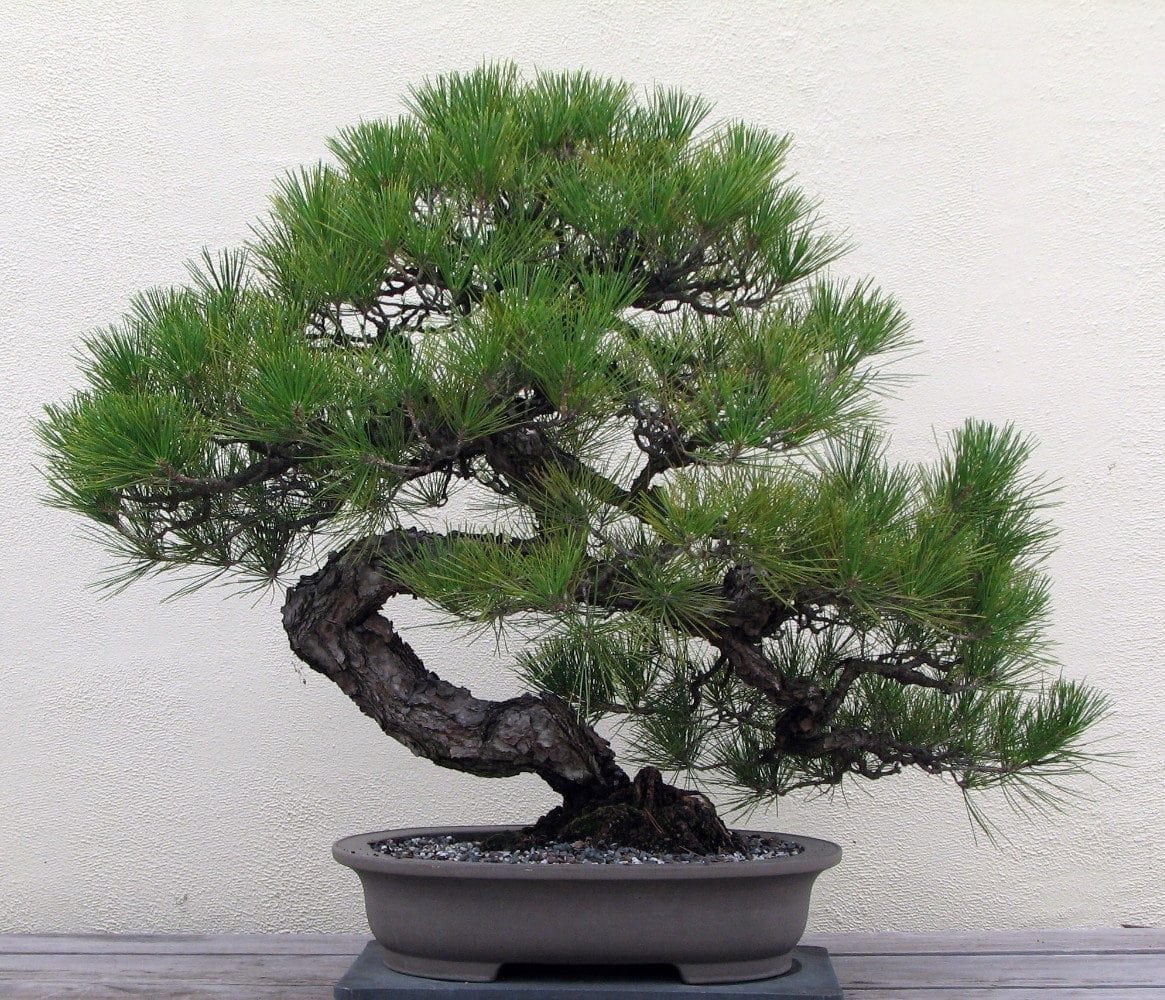
Pine Bonsai Trees Bonsai Tree Gardener
Types of Bonsai Pine Tree. There are several types of pine trees that you can grow for bonsai. In fact, the Pinus genus is home to more than 100 different species! Not all of these species are equally well-suited for bonsai growing, though. Pine bonsai trees can be categorized as one-flush or two-flush trees.

White pine bonsai Redwood Bonsai, Pine Bonsai, Bonsai Art, Bonsai Garden, Bougainvillea Bonsai
01 of 16 Juniper (Juniperus spp.) Loren Klein / Getty Images Juniperus is a large genus of over 50 evergreen coniferous trees and shrubs that are popular as bonsai trees. All species of juniper can be successfully grown as bonsai. Junipers are popular as bonsai for two main reasons.